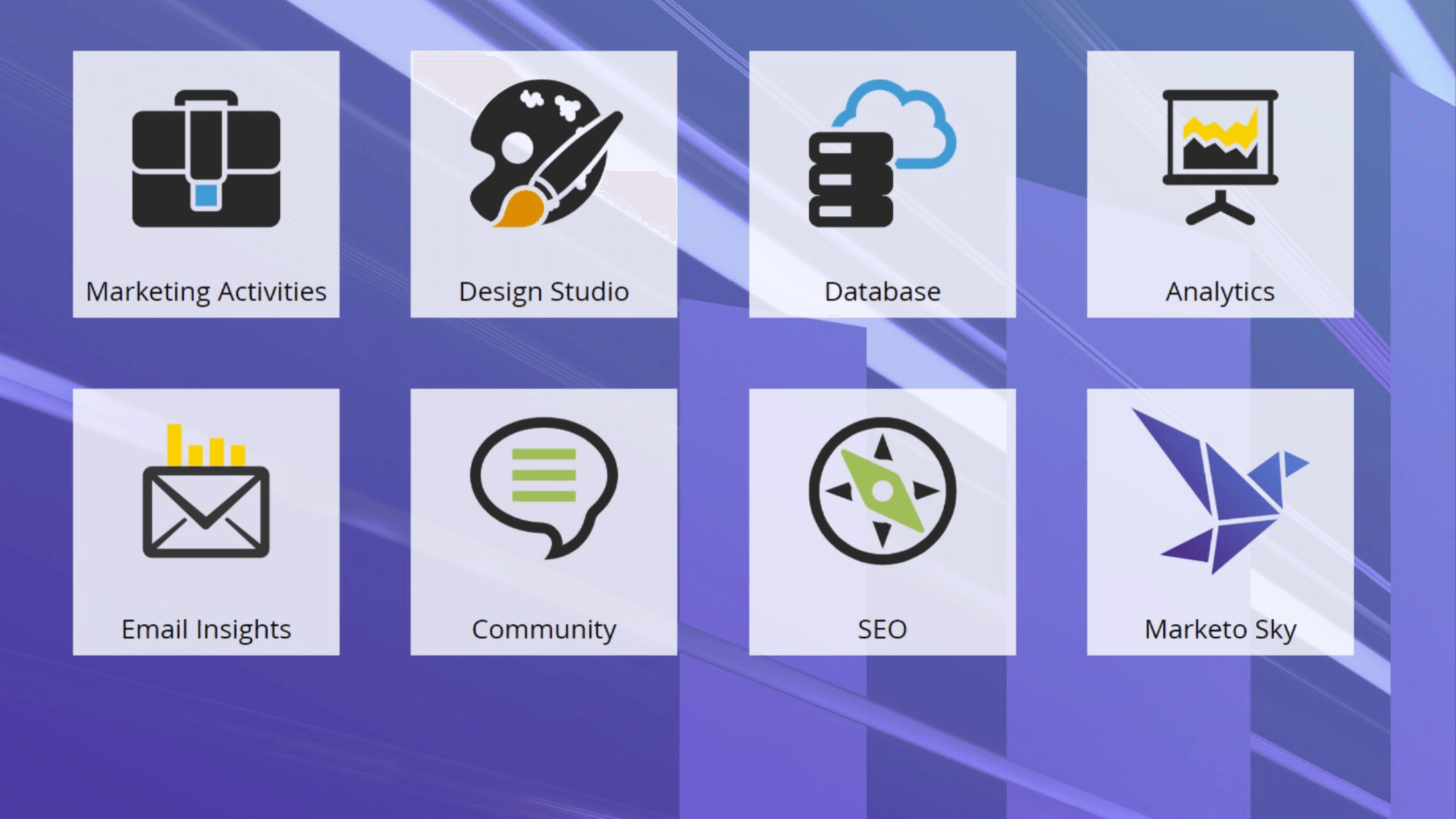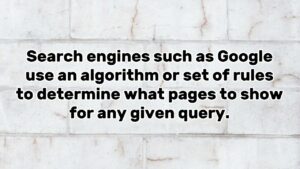
This month’s key highlight in Marketo’s May release is Veeva’s native CRM integration. This powerful integration empowers marketers to create customized cross-channel experiences for healthcare professionals (HCP).
We’ll also share the latest on Dynamic Chat, updates on email bot activity filtering and new API enhancements.
Veeva’s native CRM integration with Marketo
We’ve been digging into Veeva integrations with both Marketo and Salesforce, and now Adobe has pushed forward a native integration. For those unfamiliar with Veeva, read on.
Veeva offers cloud-based solutions for life sciences, providing data, software services, and an extensive ecosystem of partners to support the most critical functions from research and development to commercial.
More specifically, Veeva CRM is a communication platform built to assist sales professionals in developing relationships with key stakeholders. Through Veeva CRM, users can view important notifications, next best actions, and HCP profiles.
Veeva CRM provides a centralized database of provider accounts and contacts to help sales professionals:
- Prepare for meetings.
- Send external communications.
- Access marketing collateral relevant to the deal.
- View communication history with prospects.
- Create reports to identify progress and monitor progress made.
Veeva CRM is built on Salesforce, meaning Veeva customers can access the Salesforce app exchange, native Salesforce integrations, and the Salesforce endpoint. This means Veeva CRM users are able to utilize Salesforce standard objects.
Why we care. When data can be passed between systems in a low-friction environment, field sales representatives are able to contact hard-to-reach HCPs through automated Marketo programs. News, clinical support, and other valuable content can be automatically delivered. Most importantly, these messages can be delivered at the right time and place with greater visibility into the customer life cycle.
Here’s what’s possible with a Veeva CRM integration with Marketo:
- Track and measure HCP behavior and interests in real-time, enabling relevant experiences that create differentiation through engagement.
- Follow-up sales call with automated messaging based on call content and responses.
- Launch campaigns to educate HCPs and create awareness for new products.
- Launch cross-channel nurture campaigns
- Sales can be alerted when an HCP is ready to begin sampling and prescribing the new product based on their scoring threshold.
The continued evolution of Dynamic Chat
For those unfamiliar, Marketo has launched this new offering included in all Marketo Engage bundles at no additional cost. The phased rollout began earlier this year, and the goal is to have Dynamic Chat available to all customers in Q4 of this year.
As defined by Marketo, Dynamic Chat empowers users to drive engagement and conversions with interactive, personalized conversations for every web visitor.
Through Dynamic Chat, marketers can:
- Automatically collect submitted lead information.
- Gain access to behavior metrics, such as:
- Time on page
- Time on site
- Page scroll percentage (this helps gauge when chat dialogue should appear on the page).
- Share impactful content via attaching PDFs to the chat.
- Select the exact pages to have chat appear and deselect unqualifying pages.
- Schedule sales meetings.
Users can either select one of the predesigned templates or create their own from scratch to get started. There are currently templates for lead generation, lead qualification, and event registration.
Even better, marketers can customize the chat box to match their brand guidelines (color scheme and fonts).
Why we care. The possibilities are endless with Dynamic Chat. There is the potential to simplify your martech stack and also take advantage of features like chat engagement data to generate relevant ads to get more ROI from your paid ad strategy.
Since Dynamic Chat is natively integrated with Marketo, all engagement and lead info will be pushed into Marketo in real-time. Not to mention, marketers can engage with both known and anonymous web visitors with personalized and qualifying conversations at scale.
API enhancements
There were a few announcements around form updates and API access for CRM-enabled subscriptions on the API front. We tapped into the knowledge of Perkuto + MERGE’s Senior Technical Expert, Paul Ferrer to learn more about these enhancements.
Expanded access for CRM-enabled subscriptions
This is welcome news as it allows Marketo to be a single source for all data instead of needing to manage separate connections to Marketo and the CRM. This should simplify extracting information from external analytics platforms.
Form updates
- Support for “hidden” data types in Forms.
- Support multiple comparison values for “isNot Form” via rules.
- Allow setting of display and submitted values in select lists separately.
All three updates to the form field APIs greatly expand the capabilities for maintaining and creating your forms remotely. Hidden fields can now be added and updated, picklist values can be maintained consistently and we get additional logic options via API. All great news!
Allow setting of Disable Open Tracking on Create or Update Email
We’ll never say no to more options when it comes to managing assets via API. Programmatically disabling open tracking on emails will further enable you to manage email assets in bulk.
Get the daily newsletter digital marketers rely on.
Bye-bye, bots
Another highlight of this month’s release is the filtering of bot activity. Users are now able to prevent inaccurate email reporting and unintended sales alerts through email bot filtering.
Marketo announced two new attributes to email click and email open activities that will highlight bot activity. These attributes are labeled as “is bot activity” and “bot activity pattern.”
We were also introduced to more sophisticated patterns that call out bot activities, which are:
- Hidden link IPs/UAs: identifying clicks and opens generated from bots clicking the hidden link.
- Proximity patterns: clicks or opens happening at nearly the same time to identify bot activity.
Asset Expiration is now available
Last but not least, we were excited to hear a key feature from Marketo Sky would be carried over into Marketo.
Marketo users are now able to set expiration dates on landing pages, deactivate trigger campaigns, and stop recurring batch campaigns. This means no more expired event registration pages with the ability to automatically unpublish landing pages. Control of asset deactivation can be assigned to specific user roles through new permission.
View the complete set of May 2022 Marketo Release Notes.
This article is presented through a partnership between MarTech and Perkuto + MERGE , a marketing operations consultancy.

Opinions expressed in this article are those of the guest author and not necessarily MarTech. Staff authors are listed here.





